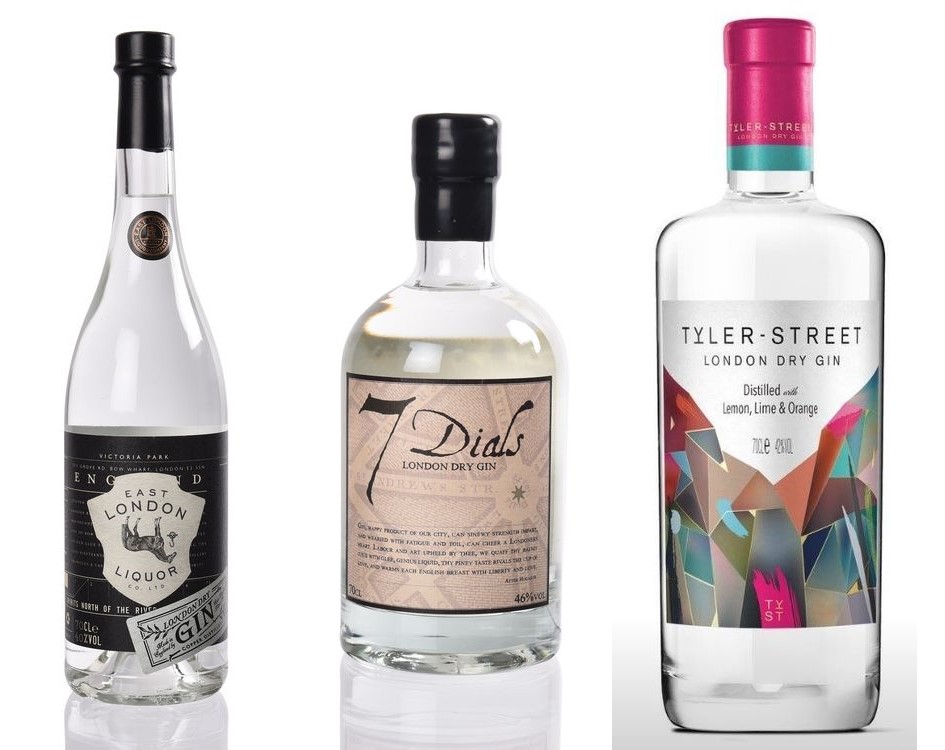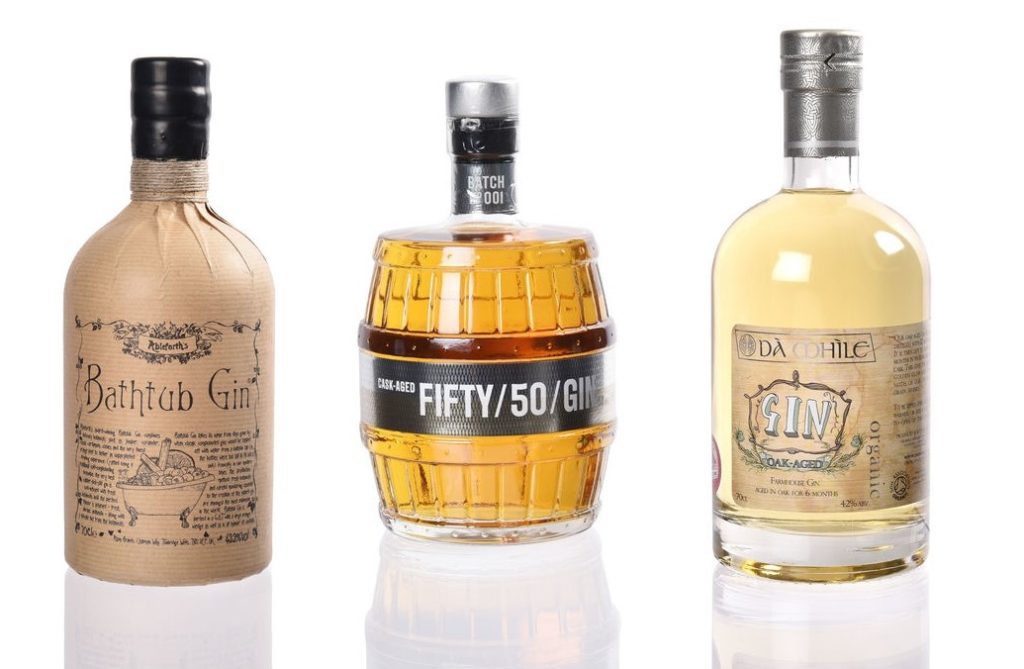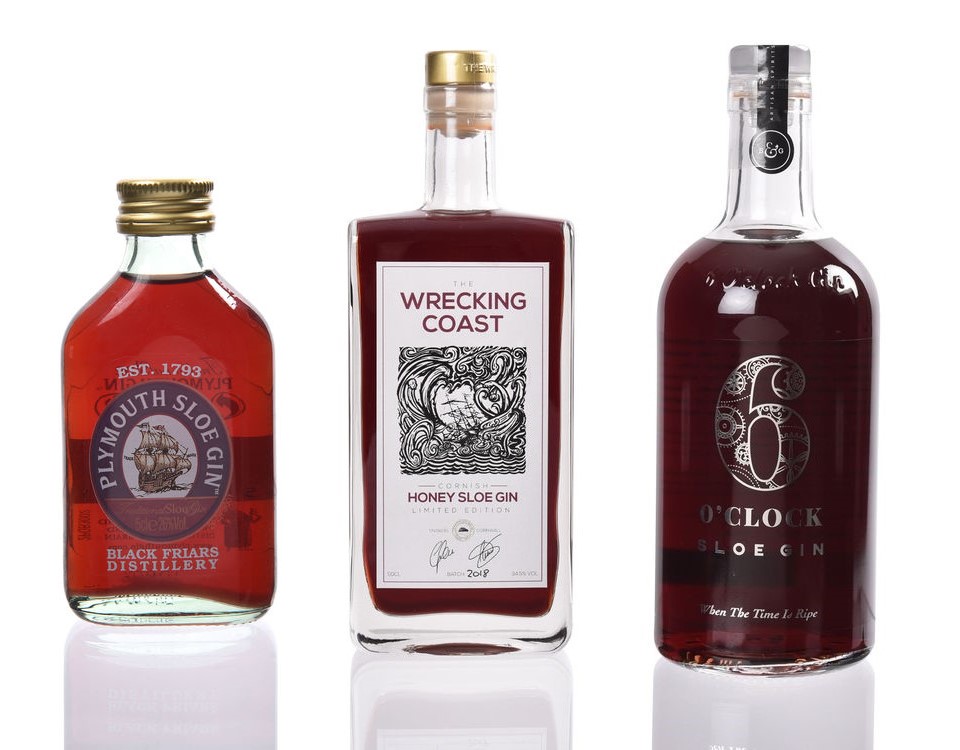In this gin guide, we will explore the basic gin styles that are available today as well as recommending some of our favourites. From London Dry to Old Tom, we will discuss the origins of some of these classic gin variations as well as what makes them so distinctive.
To be classed as London Gin, or Dry Gin, the spirit does not need to be made in the capital, however, it must meet a strict set of criteria that has been laid out by the EU. They stipulate that the minimum alcoholic strength must be 37.5%, it must not contain added sweetening or colourants and only natural plant materials can be used during the distillation process. The result is a consistent, high-quality gin that is typically made with the traditional flavour profile of juniper and citrus, rounded off with a rooty finish. Below are a few of our favourites:

The unifying characteristic of Navy Strength gin is its high alcohol content, 57% ABV to be exact. This was the strength that the Navy demanded when buying spirits from its purveyors. In order to test the alcohol, they would mix the spirit with some gunpowder in a special contraption and set it alight. To pass the test, it needed to burn with a clear flame. While many believe these are the origins of the term it was actually coined by a branding consultant for Plymouth Gin in 1993. Below are a few of our favourite Navy Strength gins:

There has been much debate over the origins of Old Tom Gin. Some believe that it got its name from cat-shaped signs that hung outside British pubs in the 18th century, others believe it stems from a tale of a tomcat falling into a vat of gin! The true origin maybe a gin palace in Great Russell Street, Covent Garden where the owner, Thomas Norris Chamberlain, sold gin named Old Tom in homage to his father who was also called Thomas. Old Tom Gin has only recently returned to favour with its light sweetness making it more palatable to those who don’t quite like the dry juniper composition of London Gin. We have listed a few of our favourite below:

Ageing gin in casks dates back to the 18th and early 19th centuries when oak was used to transport and store the spirit. The longer the gin was stored in these barrels the more it absorbed some of the oak’s sweet, spiced qualities, as well as a little colour. Many distillers have taken this practice a step further and have experimented with different types of ageing methods including using recycled burgundy French oak casks, ex whisky casks, virgin oak casks and single grain whisky barrels. Below are a few of our favourite cask-aged gins:

Like London Dry Gin, Sloe Gin has to meet a set of criteria as laid out by the EU. This includes that the minimum alcoholic strength shall be 25% and only natural flavouring substances can be used in its preparation. Sloe Gin is traditionally made by soaking sloes in gin, with the addition of sugar to ensure the sloe juice is extracted from the fruit. The sloes add a slightly sweet, deep berry flavour to the gin. Our favourites are listed below:

We hope you have found his guide useful, you can shop our entire range of gin here and our fantastic selection of gin hampers here.